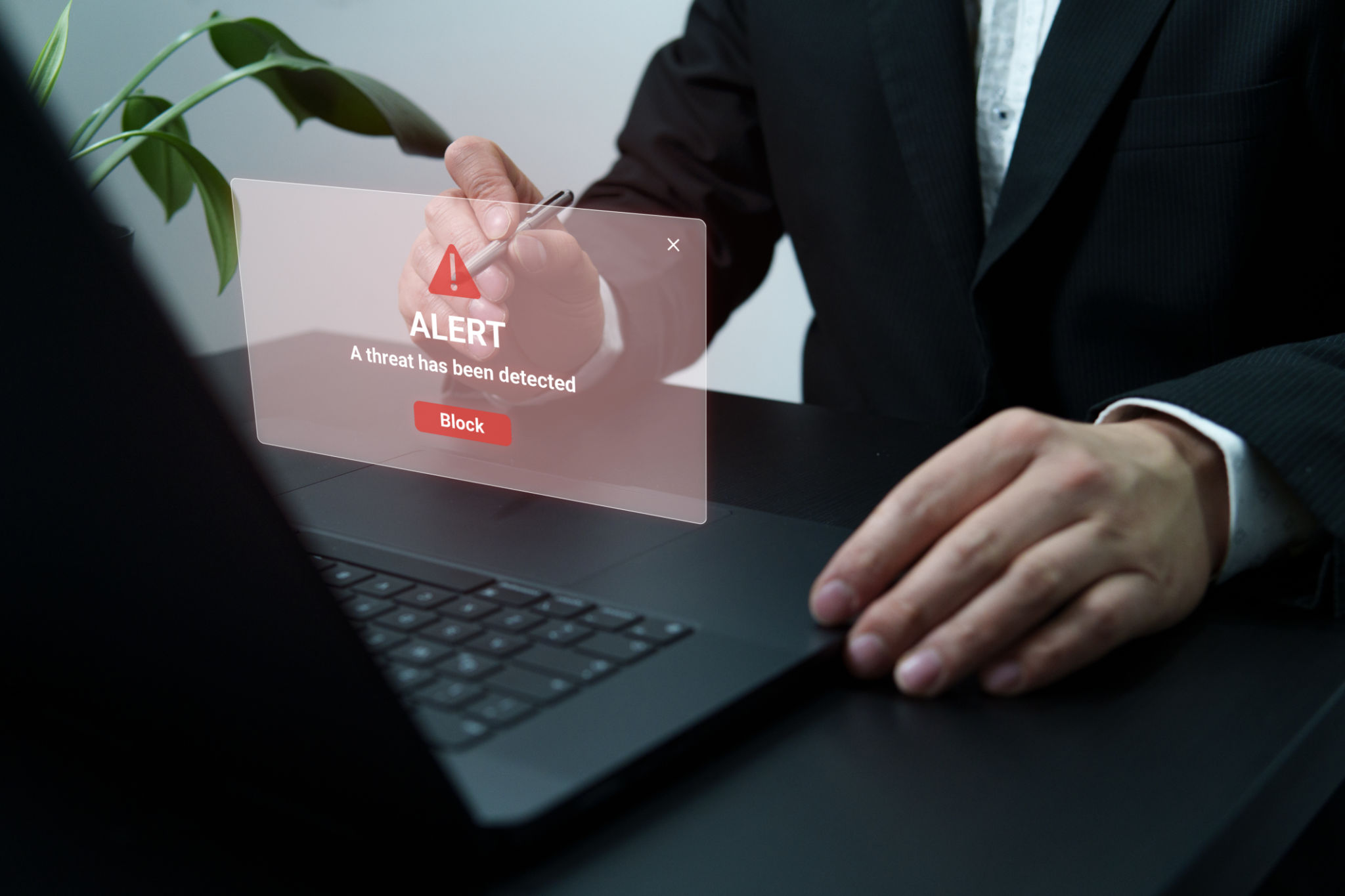How to Secure and Protect Digital Assets Globally: A Comprehensive Guide
In today's digital age, protecting digital assets is paramount. Whether you're an individual or a business, the need to secure your online presence and data is more critical than ever. Digital assets encompass everything from personal data and intellectual property to corporate information and financial transactions. Ensuring these are kept safe from unauthorized access and cyber threats requires a strategic approach.

Understanding Digital Assets
Digital assets are any content or data that is stored digitally. This includes documents, images, videos, audio files, and software, as well as databases and online accounts. For businesses, it also includes intellectual property like patents and trademarks. Protecting these assets means safeguarding not just your information but also your brand's reputation and financial stability.
Why Digital Asset Protection is Crucial
Given the increasing number of cyber threats, digital asset protection is crucial. Cybercriminals are constantly devising new ways to breach security systems, and a single attack can have devastating consequences. The loss or theft of digital assets can lead to financial losses, legal issues, and damage to reputation.

Implementing Strong Security Measures
To secure digital assets globally, implementing robust security measures is essential. Start by ensuring that all systems and software are up-to-date with the latest security patches and updates. Regular updates help protect against vulnerabilities that cybercriminals can exploit.
Utilizing Encryption Technologies
Encryption is one of the most effective ways to protect sensitive information. By converting data into a code, encryption prevents unauthorized access during transmission or storage. Ensure that all sensitive data is encrypted both in transit and at rest.
- Use strong encryption protocols like AES (Advanced Encryption Standard).
- Encrypt all financial transactions and sensitive communications.
- Regularly update encryption keys to maintain security.

Adopting Multi-Factor Authentication
Multi-factor authentication (MFA) adds an extra layer of security by requiring multiple forms of verification before accessing accounts. This significantly reduces the risk of unauthorized access, even if passwords are compromised.
Steps to Implement MFA
Implementing MFA can be straightforward:
- Choose authentication factors such as something you know (password), something you have (smartphone), or something you are (fingerprint).
- Deploy MFA solutions across all critical applications and platforms.
- Educate employees on the importance of using MFA for their own accounts.

Regular Security Audits and Monitoring
Conduct regular security audits to identify vulnerabilities in your systems. Audits help uncover any weaknesses in your security infrastructure and offer insights into areas needing improvement. Continuous monitoring of network traffic can also detect suspicious activities early, allowing for swift action.
Benefits of Security Audits
Security audits provide numerous benefits:
- Identify potential threats before they become critical issues.
- Ensure compliance with industry standards and regulations.
- Boost confidence among stakeholders by demonstrating commitment to security.
By understanding the importance of protecting digital assets and implementing these comprehensive strategies, individuals and businesses can significantly enhance their cybersecurity posture globally. Staying vigilant, informed, and proactive is key to safeguarding your digital presence in an ever-evolving threat landscape.